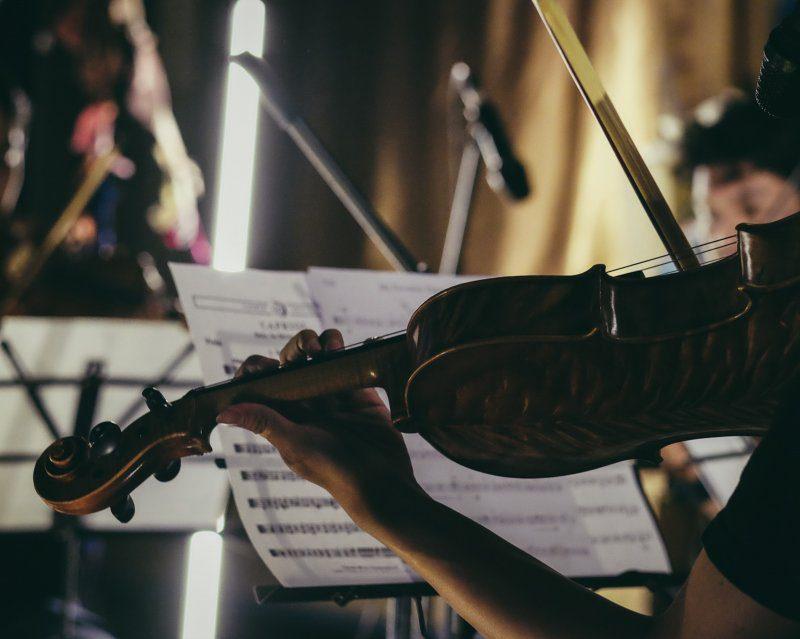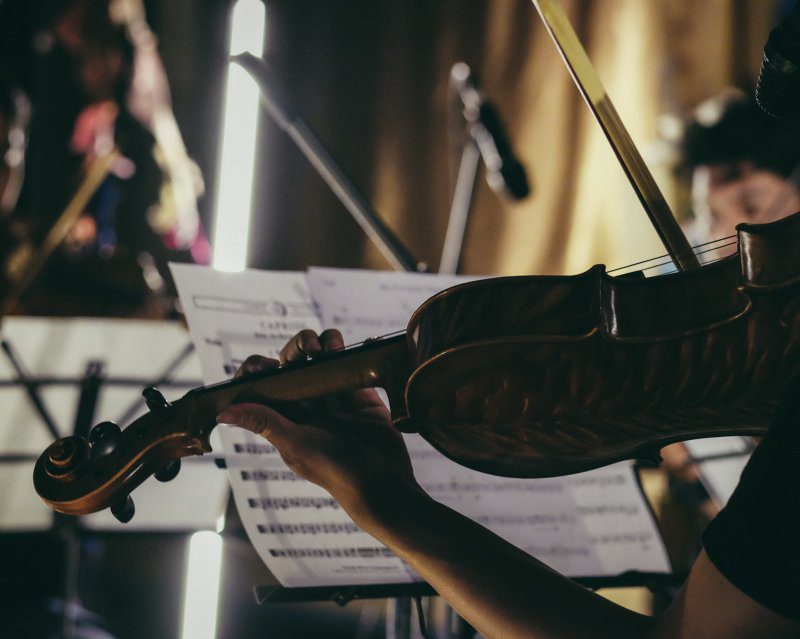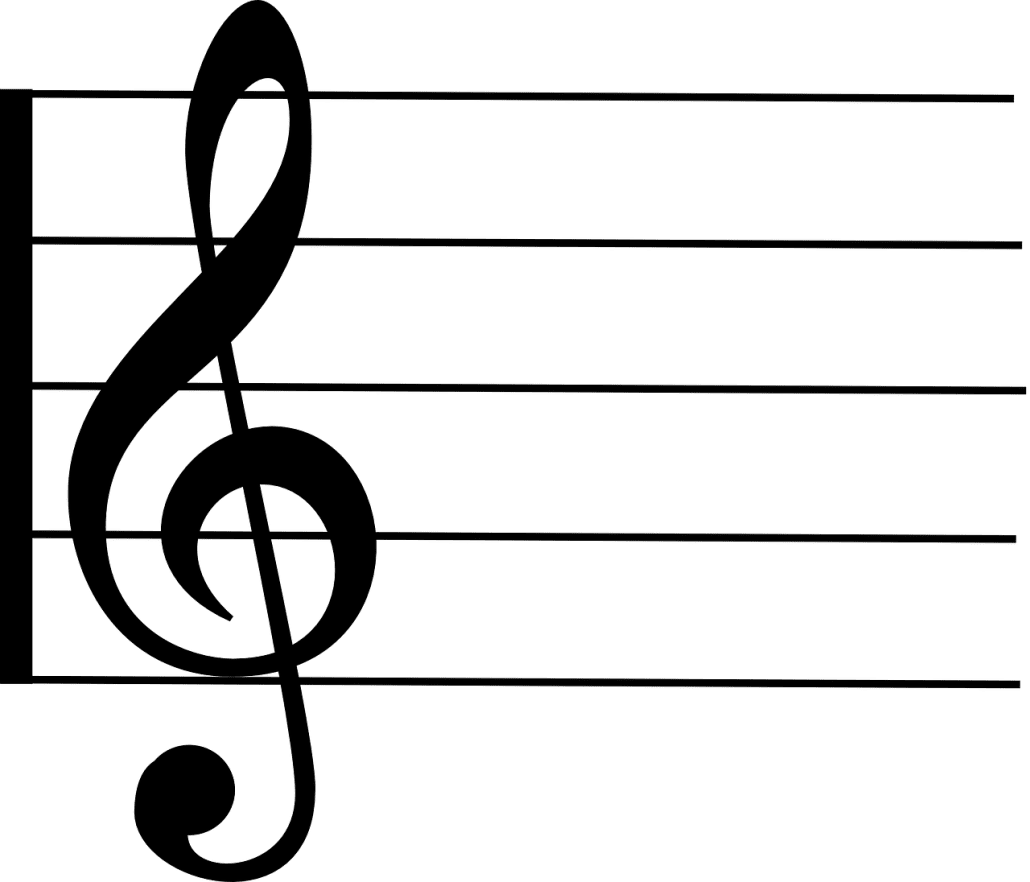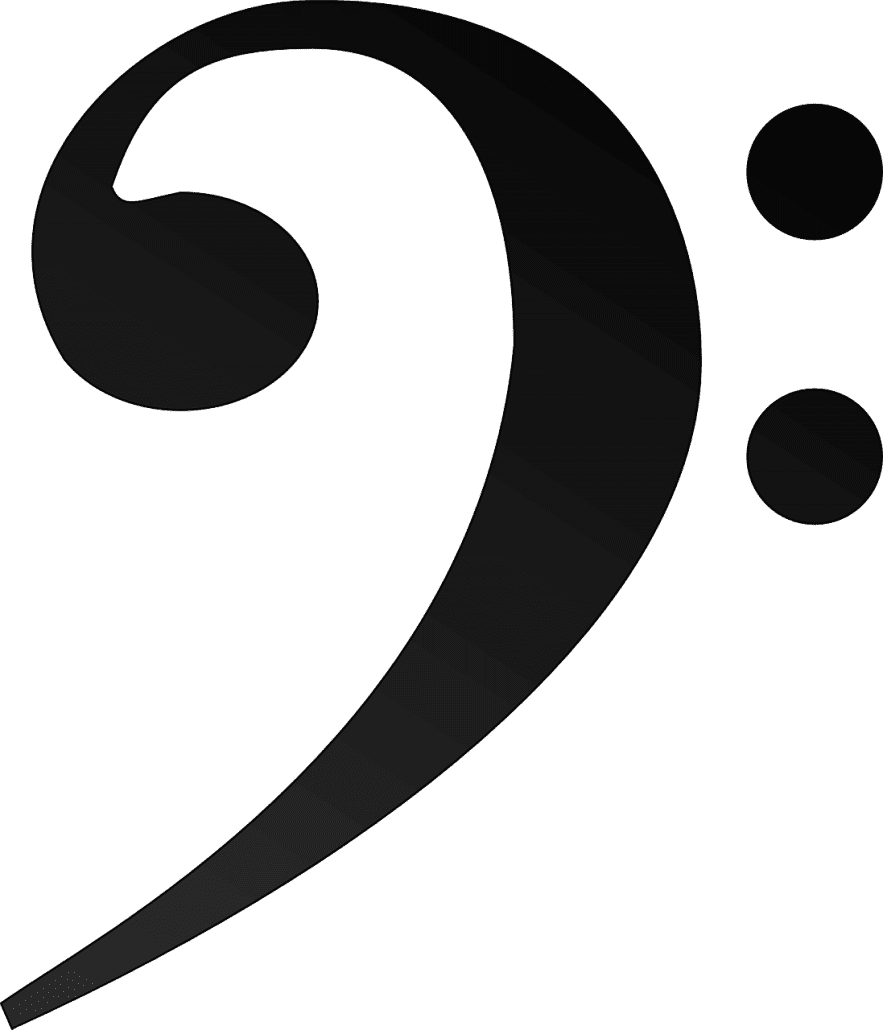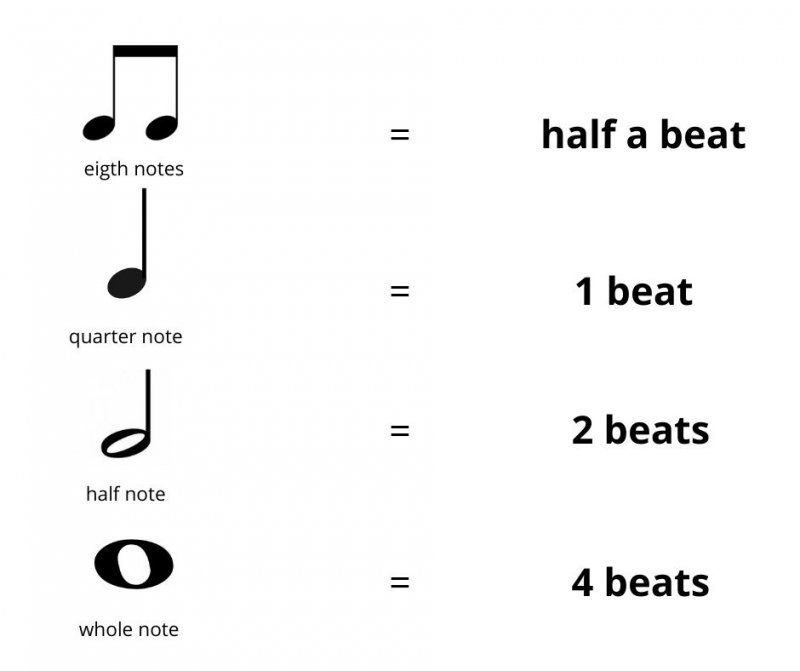The most valuable skill you can develop as a violinist is learning how to read violin sheet music. While it’s possible to learn to play “by ear,” being able to read music can open up a whole new musical world for you!
There are many different kinds of music notes. Guitarists often read off of charts outlining the chord progressions for the song. Drummers have a rhythm chart showing them what to play. As a violinist, however, you’ll most likely be reading violin sheet music.
What is violin sheet music?
Standard sheet music shows you everything you need to know when playing. This is what you’ll usually see:
- Pitch
- Rhythm – notes, rests, dots, accents, etc.
- Time signature
- Key signature – sharps, flats, and natural notes
- Dynamics
- Tempo
- Style markings
- A clef
- Navigation markings – repeats, 1st and 2nd endings, etc.
Sheet music will also often include items specific to the particular instrument. For example, violin sheet music may consist of numbers to signify position on the neck, bow direction markings, and particular markings for vibrato and pizzicato, techniques specific to the violin.
How hard is violin to learn?
While a violin is one of the hardest instruments to learn, it’s definitely doable! Reading helpful guides like these and practicing as often as possible can certainly help you master the skill. Consider taking a violin class to understand how to read violin sheet music and play like a pro.
How to Read Violin Sheet Music
First, let’s look at the basic elements you’ll see when reading violin music sheets. Then, we’ll address some of the specific markings you’ll find on your sheet music.
The Basics: The Staff, Clef, Key Signature, & Time Signature
You’ll see music on a type of grid that consists of five lines and four spaces. This is called a staff. Each of these lines and spaces signifies a specific note or pitch. We read music from left to right and on the left-hand side, there’s a clef symbol.
The clef will clue you in on the names of the notes on that staff, as it’s different for bass and treble clef.
The illustration above shows us a G or treble clef. It’s called the G clef because it somewhat resembles the letter G and the bottom circle surrounds the second line, which is the note G in treble clef.
This image shows an F clef. It’s known as an F clef because it resembles the letter F and because the two dots surround the second line from the top of the staff, which is the note F in the bass clef.
When you’re learning how to read violin sheet music, you’ll only be dealing with treble clefs, so we’ll look specifically at the notes in that clef.
Key Signature
The key signature is marked directly next to the clef. The key signature consists of sharps and flats markings, showing which notes are altered in that particular piece of music. A key signature is a universal marking, meaning that if it shows a Bb, then all of the “B” notes in that piece of music should be played as a B flat. This is a form of musical shorthand that makes reading music easier.
Time Signature
The time signature is a symbol that defines the number of beats per measure and what type of note gets a beat. You’ll usually see two numbers on top of one another. The top number signifies how many beats are in each measure. The bottom number shows what type of note receives a beat.
For example, in 4/4 time, there are four beats per measure, and a 1/4 (quarter) note gets one beat. 4/4 is also known as common time and is sometimes represented by the letter “C.”
Now that we’ve explored the basics of the staff, let’s look at musical notation.
Pitch, Ledger Lines, and Duration
When you’re reading violin notes, you’ll see the treble clef. So, let’s look at the basic note names in the treble clef. The musical alphabet consists of only seven notes: A, B, C, D, E, F, and G. Along with sharps and flats, these seven note names make up the entire musical alphabet.
There is an easy way to remember the note names on the staff using one word and a simple sentence. From the bottom line to the top line, the lined notes are E, G, B, D, and F.
Remember the sentence “Every Good Boy Deserves Fudge” and you’ll never forget the note names on the lines! And, the spaces spell out the word FACE – F, A, C, and E.
Ledger Lines
Because music has more than nine notes, we use ledger lines to extend the range of the staff. They can appear both above and below the lines of the staff.

The note names continue using the musical alphabet. The top line of the staff is F, and the note sitting on the top line is G. Add a ledger line above the staff for note A, and the note on top of that ledger line is B. The note pictured above is♩♪ C and so on.
Note Durations
When you’re learning how to read violin sheet music, you’ll need to understand note durations, or how many beats to hold each note, for each musical symbol. The following chart shows the most common note durations in 4/4 time.
Once you master these basics, you’ll be able to read and play everything from Mozart to Metallica! You’ll learn other symbols as you study reading music, including volume markings, articulation markings, and tempo markings. But, understanding these basic concepts are the first step to achieving mastery in reading music.
Ready to practice? Check out these top 5 websites for easy violin sheet music!
Other Markings on Violin Sheet Music
Because of the nature of the instrument, violinists will see some additional markings/ violin symbols when they’re learning how to read violin sheet music. Often, you’ll position markings included on the sheet music, which are specific to the instrument. These signify when you move your hand up and down the neck of the violin to play different notes. They are usually shown as a Roman numeral beneath the note; for example, first position is I, second position is II, and so on.
Violin is an expressive instrument and often composers will incorporate this in their music. You may see the symbol “Vibr” under the notes of a section. This is shorthand for vibrato, which is a technique of moving your finger to get a pulsing sound when playing a note.
Because you play the violin using a bow, specific symbols are used in violin sheet music to signify if a note or series of notes should be played by bowing the instrument in an upward direction, or with a downward motion. Up-bows are marked using this symbol: >. A down-bow is represented by a partial rectangle open at the bottom.
Want to practice reading violin music sheets for beginners? Take a look at some of these violin songs for beginners and see if you can make sense of the sheet music!
Practice Makes Perfect!
The best way to learn how to read violin sheet music is to really put in the effort to practice and have fun with it! The better you get, the more excited you’ll be to play.
If you really want to master reading violin sheet music and playing like a pro, take lessons with a qualified violin teacher. While you can learn the basic concepts in this article independently, a teacher will help you refine and master the fine points of reading music. Learning to read music well will make the experience much more rewarding and enjoyable!
Suzy S.
